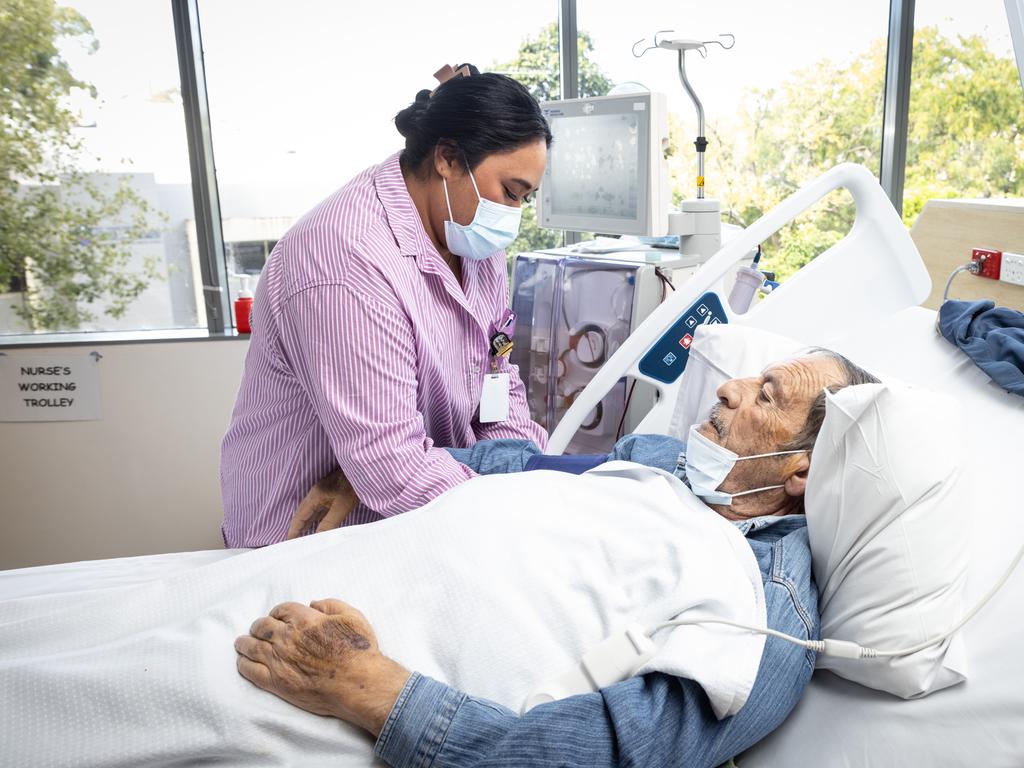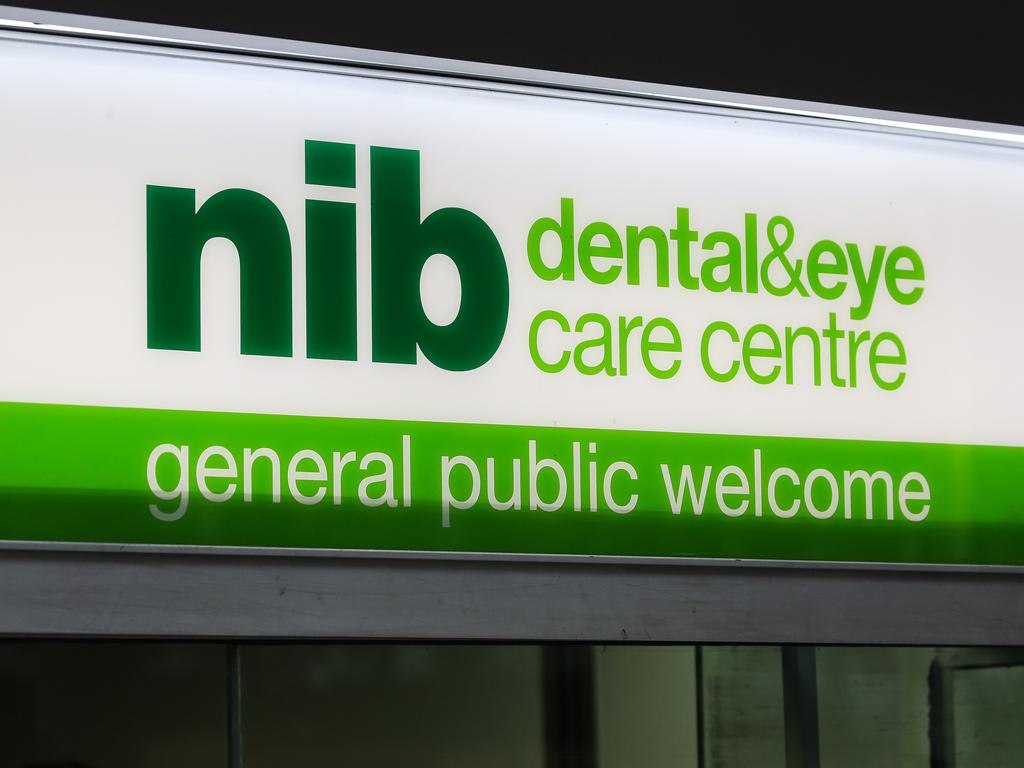Pricing authority the answer to NIB and St Vincent’s contract feud, experts say
An independent authority modelled on public hospital regulators is being debated by health advocates as NIB and St Vincent’s come to public blows.

After very public blows traded between hospital service St Vincent’s and insurer NIB, health advocates are lobbying for a private “umpire” charged with regulating prices and preventing future disputes.
Declining viability for private hospitals has major players in Australia’s health sector discussing tying insurance premium rate rises to the returns enjoyed by customers.
Advocates for the regulatory change argue it would benefit flagging private hospitals like St Vincent’s, given that annual price negotiations between insurers and providers are often modelled on insurance premium rate rises.
Last week, St Vincent’s made the unexpected decision to publicly air its fraught negotiations with NIB. Without successful negotiation, their contract will end in October.
Both Catholic Health Australia and the Australian Medical Authority have argued that health insurance providers have an obligation to return 90 per cent of the premiums accrued to customers, and that future rate rises should be tied to this target.

In order to do so, the two institutions have pushed for private health “umpires” modelled on the Independent Health and Aged Care Pricing Authority, which determines fair, competitive prices for public sector treatments.
Australia’s health insurers returned 83 per cent of premiums in 2023.
“The AMA has been calling for the establishment of a Private Health System Authority to drive the required reforms with a long-term view of the sector and the involvement of all stakeholders,” AMA president Steve Robson said. “This would also serve as an ‘independent umpire’ to ensure the system evolves as government policy intends.”

The CHA has said in submissions to the federal government that it should be the role of the Health Department to ensure returns for patients and hospitals. In its submission, the CHA floated a model in which health funds with low returns were locked from higher premium increases.
CHA director Katharine Bassett said a national private price would reduce “complexity and debate”.
“A similar model already works well for public hospitals,” Dr Bassett said. “A national private price would ensure the funding from insurers reflects the cost of delivering care.

“If implemented alongside incentives for insurers to give back more to patients, the national private price will ensure more funding flows from insurers to patients for the delivery of care.” Health insurer representative Private Healthcare Australia argued that a centralised government price setting system could be “disastrously inflationary”, but was not fully opposed to a new regulator.
“I think there is possibly room for the government to ensure more transparency in the system,” PHA chief Rachel David said.

“(Rate regulation) must be done with all the information and data incorporated in the price setting process ... otherwise you could end up with a disastrously inflationary system.
“We have to be extremely careful about how it’s undertaken and that some market forces are able to operate.”
She said aspiring to a 90 per cent return would be “unachievable” for health funds. Dr David said the IHACPA could be charged with creating private hospital prices “as a benchmark”.
More than 70 private hospital services have closed in the past five years.
Consumers Health Forum of Australia chief Elizabeth Deveny said involving the IHACPA in private health should be discussed “when the heat is out of this particular issue”.

The “big five” health insurers – NIB, Bupa, Medibank, HBF and HCF – have been contacted for comment.








To join the conversation, please log in. Don't have an account? Register
Join the conversation, you are commenting as Logout